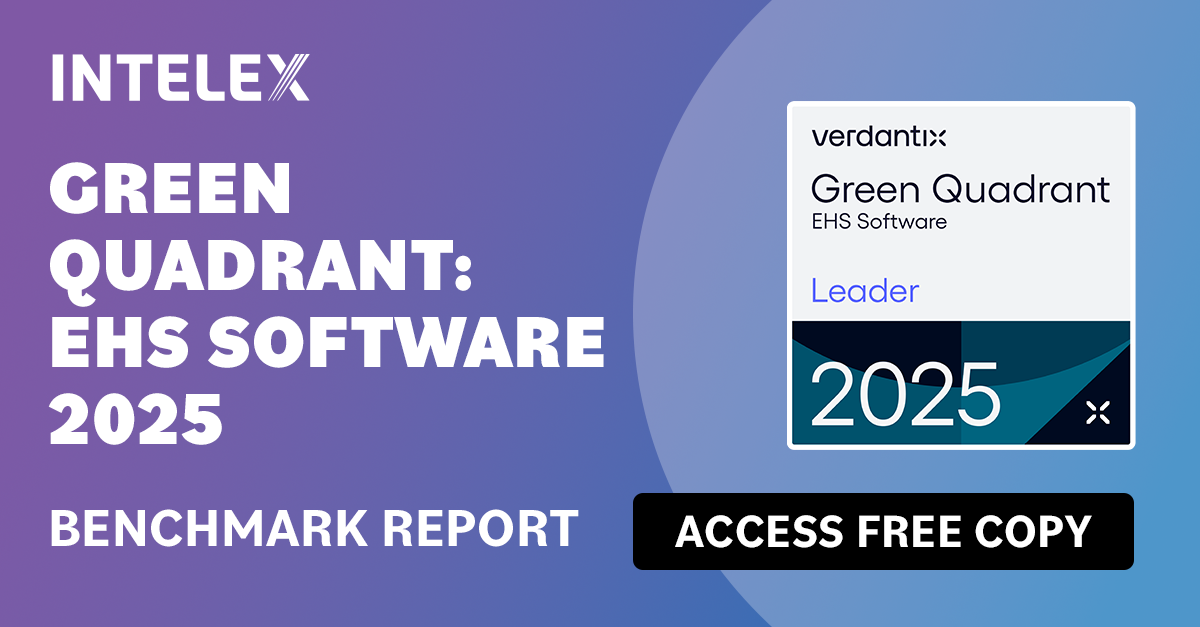Why Scope 3 Emissions Are the Next Big ESG Hurdle—and How to Tackle Them
May 20, 2025
7 minute read
In a world increasingly attuned to the environmental impact of industrial activities, businesses across the globe are focusing their attention on the comprehensive tracking and reporting of greenhouse gas emissions.
This trend is particularly strong in sectors such as manufacturing and mining, where companies are navigating their early stages of sustainability management and ESG (Environmental, Social, and Governance) reporting. As businesses strive to quantify and reduce their carbon footprint, they often find themselves in need of guidance and practical tools to effectively manage this complex effort.
Scope 3 Greenhouse Gas (GHG) Emissions are at the forefront of this challenge. These emissions are the result of activities from assets not owned or controlled by the reporting organization but that the organization indirectly affects in its value chain.
Scope 3 emissions are all around you
To illustrate, consider a phone chip manufacturer.
- Scope 1 emissions include direct emissions such as diesel used in forklifts or leaks from their HVAC cooling systems.
- Scope 2 emissions are indirect, stemming from the generation of electricity used in the factory.
- Scope 3 emissions, however, are the most expansive, including all other indirect emissions associated with the company’s operations, both upstream and downstream.
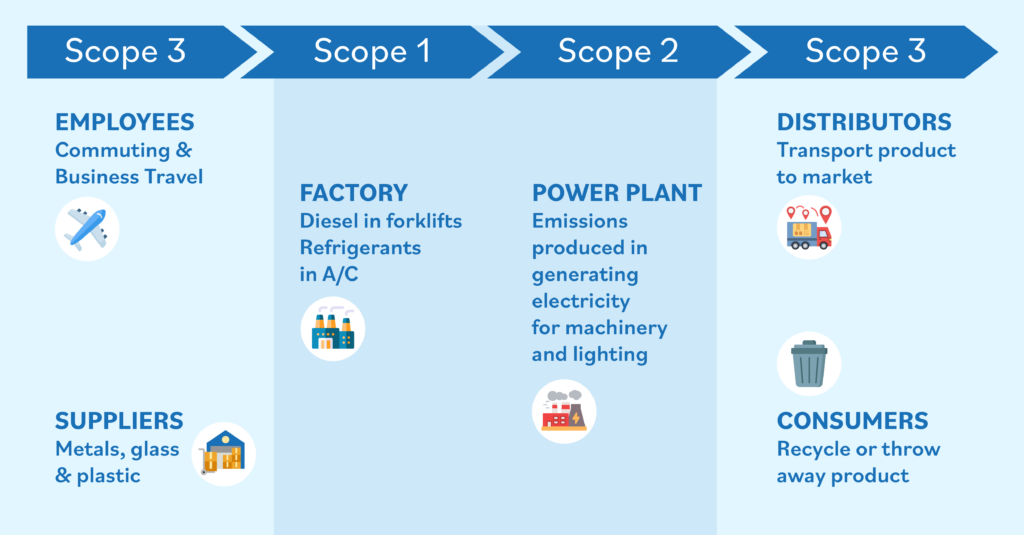
For our phone chip manufacturer, upstream Scope 3 emissions could come from the employee commuting or the production of base materials needed for manufacturing, such as metal, silicon, or glass. Downstream Scope 3 emissions are generated by the transportation of the finished chips and their disposal or recycling at the end of their life cycle.
To reduce these emissions, a company may implement changes such as:
- Electrifying their fleet (Scope 1)
- Switching to renewable energy (Scope 2), or
- Choosing more-sustainable suppliers and improving product design (Scope 3).
Why should business leaders care about scope 3 emissions?
One key reason is that Scope 3 emissions usually are the largest part of a company’s carbon emissions, sometimes accounting for around 70% of the total. Yet, they are the most challenging to quantify and reduce, primarily because they occur outside a company’s direct operations, often requiring educated assumptions.
Business leaders are increasingly invested in understanding their Scope 3 emissions, motivated by sustainability goals, regulatory requirements, and the need to mitigate risk and enhance their company’s reputation.
With the European Union’s ESRS/CSRD and upcoming state-level regulations, in places such as California, making Scope 3 emissions reporting mandatory for many businesses, the stakes are high. Transparent Scope 3 emissions reporting can help companies find and mitigate risks associated with non-sustainable products or suppliers throughout their value-chain.
Despite the importance, developing Scope 3 Emissions metrics presents significant challenges.
Supply chains are intricate and dynamic, and collecting quality data for Scope 3 activities—which are beyond direct control—requires cooperation from suppliers and partners who may not track their emissions consistently. Moreover, business staff new to this process often seek easy-to-use tools and standardized approaches to emission calculation.
What data should be captured for Scope 3?
Scope 3 greenhouse gas emissions are divided into 15 categories, as defined in the GHG Protocol.
Not all categories will apply to a company. Where companies have more than one kind of operation or business, the applicable categories may vary across operations or business units. Company staff or outside consultants can help to identify which categories matter.
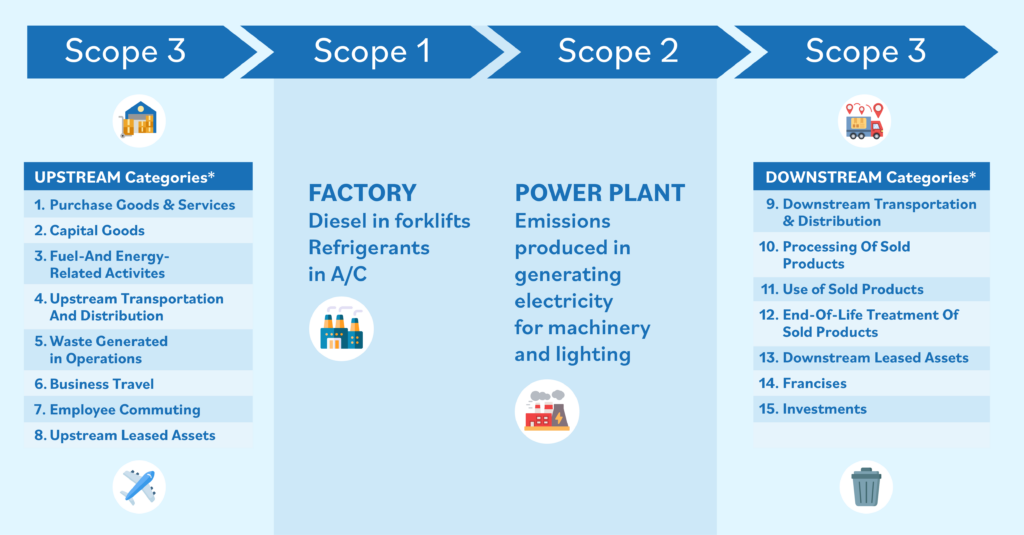
Here are the 15 Scope 3 categories:
Upstream Categories:
- Purchased goods and services: Emissions from producing purchased goods or services.
- Capital goods: Emissions from producing purchased equipment or infrastructure.
- Fuel- and energy-related activities: Emissions from non-Scope 1 or 2 fuel or energy activities.
- Upstream transportation and distribution: Emissions from transporting and distributing purchased goods or services.
- Waste generated in operations: Emissions from waste disposal and treatment.
- Business travel: Emissions from employee business travel.
- Employee commuting: Emissions from employees commuting to/from work.
- Upstream leased assets: Emissions from leased assets used in upstream operations.
Downstream Categories:
- Transportation and distribution: Emissions from distributing products sold to customers.
- Processing of sold products: Emissions from third-party processing of sold products.
- Use of sold products: Emissions from customer use of sold products.
- End-of-life treatment: Emissions from disposal or recycling of products sold.
- Downstream leased assets: Emissions from leased assets used in downstream operations.
- Franchises: Emissions from franchise operations.
- Investments: Emissions from company investments (e.g., equity, debt, project finance).
We mentioned that the applicable list of categories will vary by company and even by location or business unit’s kinds of operations.
We also see variability in the ease or difficulty of collecting or estimating the emissions by category. Business travel and fuel-related data are easier to collect due to their close ties to operations, while supply chain and supplier data are harder to gather and standardize.
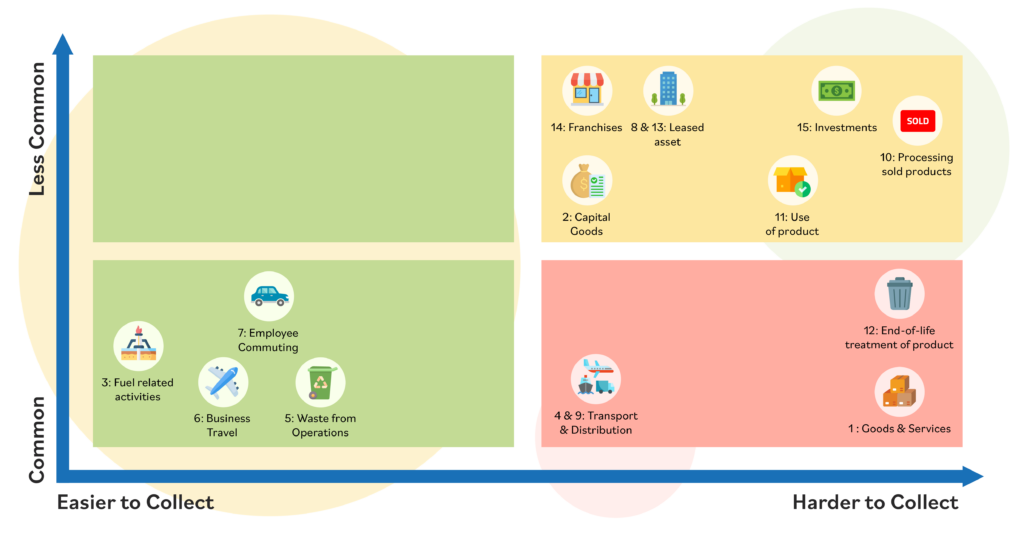
4 key features of Intelex’s Scope 3 software
For some businesses, all of this may appear to be complicated and needful of educated but imprecise, good-faith estimations.
This is where Intelex comes into play. With its robust data collection and reporting capabilities, Intelex is designed to guide and streamline a company’s efforts.
1. Formalized data collection
Intelex formalizes and streamlines the data collection process, which typically involves many locations, forms, contributors, and time periods. Granular data points are captured over time, then automatically aggregated for summary-level reporting—eliminating the need to manually compile results offline. Built-in business rules flag collection gaps, while workflows support data quality checks and pre-reporting reviews to ensure accuracy and completeness from the start.
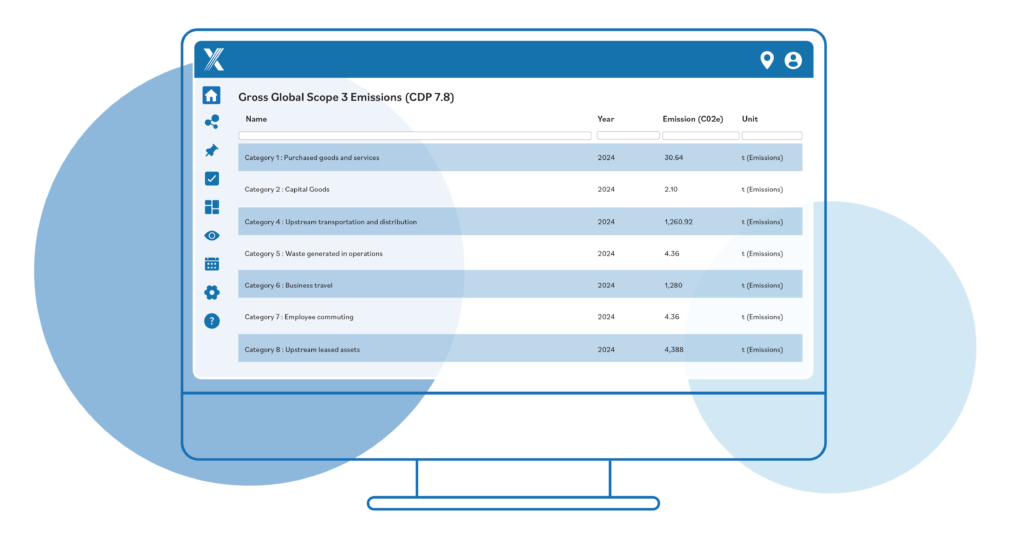
2. Supports all 15 Scope 3 categories
A standout feature of Intelex offerings is comprehensive support for all 15 Scope 3 categories and their various calculation methodologies, offering standardized solutions right out of the box. Companies can select the categories that are most material initially and have the flexibility to add more as their business and their Scope 3 efforts mature.

3. Data collection and calculation accountability and auditability
Intelex ensures accountability and auditability for data collection and calculation, which is critical for transparent reporting. The software guides users through the data collection process, applies the corresponding emission calculations, thereby simplifying the intricate task of Scope 3 reporting. This is crucial for businesses that need to validate their data and continually improve data quality for accurate reporting.
With built-in logic for various calculation methodologies, multiple voluntary disclosure standards, and regulatory compliance frameworks, Intelex guides users in collecting the right data, applying the correct emission calculations, and recording an auditable trail of inputs and calculations used.
4. Emission Factor Library
The Emission Factor Library is a comprehensive resource that supports and streamlines accurate GHG emissions calculations. The library is regularly updated with the latest factors, ensuring that businesses have access to current data for informed ESG reporting. This integration with Intelex’s reporting capabilities is a testament to the software’s commitment to providing a robust foundation for sustainability data management.
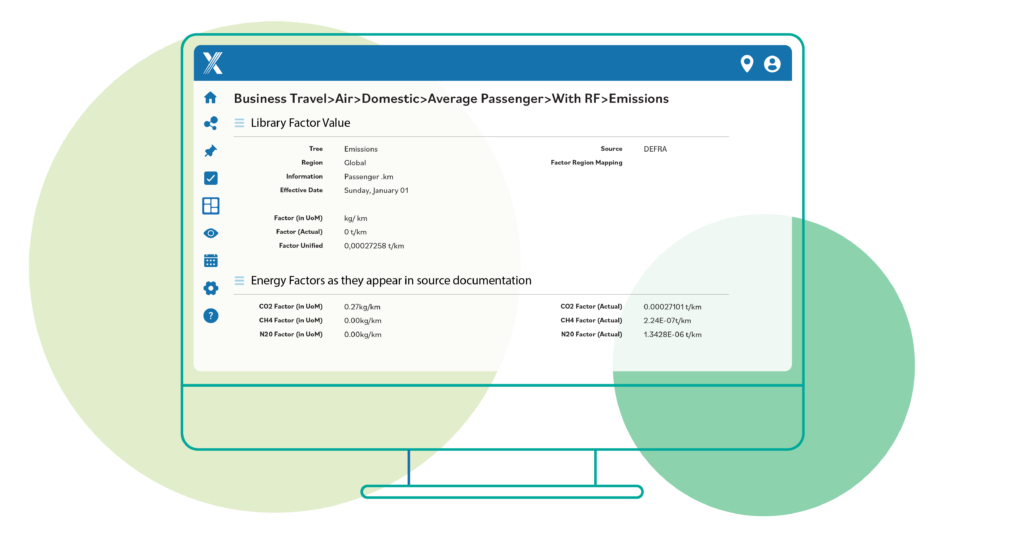
How to reduce the data acquisition burden?
Data integration plays a vital role in effective ESG reporting. Organizations are increasingly recognizing the importance of breaking down data silos to create a unified view of their ESG performance.
Without integrated data sources, businesses face significant challenges, such as fragmented insights and inefficiencies, making it difficult to compile timely and accurate reports.
Seamless data integration
Seamless integration with multiple data sources is a significant aid for ESG reporting. Platforms such as Intelex offer robust data integration capabilities, enabling businesses to connect a variety of systems including ERP platforms, IoT devices and third-party databases. This flexibility ensures that organizations can harness data from diverse sources, providing a comprehensive picture of their ESG metrics.
Real-time insights and automation
Real-time data integration is another key advantage, allowing companies to:
- Make timely, data-driven decisions
- Enhance the accuracy of their reports
- Reduce manual effort and minimize errors through automation
- Free up resources for more strategic ESG initiatives
With the right tools in place, companies can streamline their reporting processes and stay ahead in meeting regulatory and stakeholder expectations.
Learn more about Intelex’s Sustainability Management Software
Scope 3 GHG emissions are just one of the many challenges of sustainability performance management. What if there was a way to guide your staff and streamline ESG efforts?
You would be able to:
- Improve sustainability and ESG performance.
- Reduce your ESG reporting complexity and meet disclosure needs.
- Mitigate your ESG risks and enhance your brand.
Visit Sustainability Management Software to learn more.


